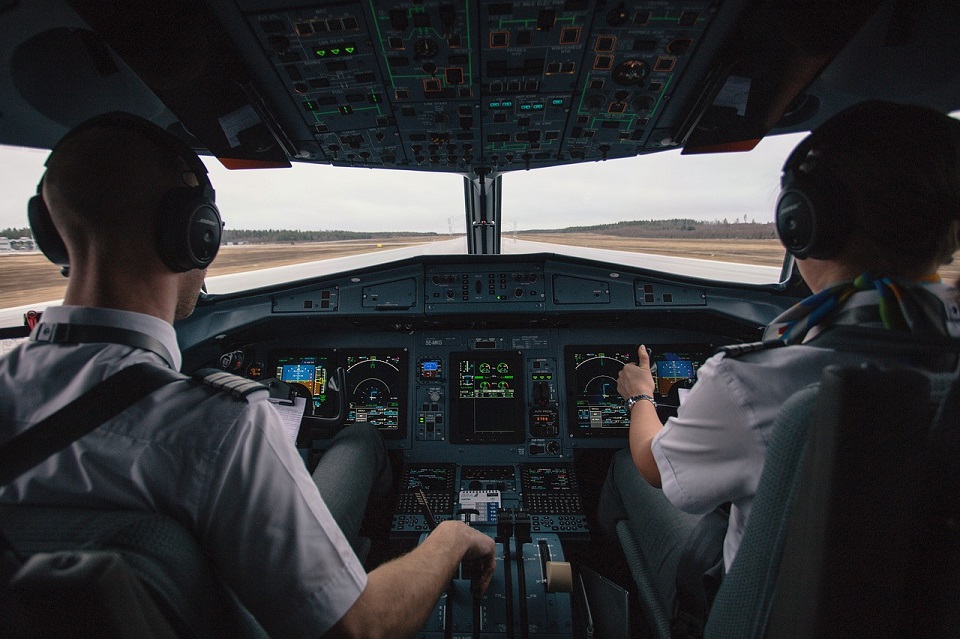Civil Aviation
Pilot association’s anger over the idea of a single pilot

Air travel in the U.S. has consistently been recognized as the safest mode of transportation, largely due to the unwavering presence of two pilots in the cockpit. This crucial feature not only enhances safety but also ensures operational efficiency in an industry that demands precision and reliability.
Recently, airlines and regulators have begun to explore the potential shift toward single-pilot operations. While this change could lower operational costs and alleviate crew shortages, many find it unsettling to entrust the responsibilities of a flight to just one individual.
Over 40 countries, including Germany, the UK, and New Zealand, are urging the United Nations to assist in the integration of single-pilot aircraft into mainstream aviation. The European Union Aviation Safety Agency (EASA) is actively developing standards for solo flights and collaborating with aircraft manufacturers to better understand how these systems would function. EASA anticipates that single-pilot services could start as early as 2027.
Despite advancements in aircraft reliability and automation, the need for two pilots remains critical. Multiple pilots on the flight deck provide essential redundancy, continuously monitoring both the aircraft’s health and each other. This collaborative environment fosters heightened situational awareness regarding aircraft systems and external conditions, serving as a vital layer of security.
Pilots undergo rigorous training to handle various scenarios, including system malfunctions, inclement weather, and air traffic congestion. They maintain active control of commercial airliners from departure to arrival. The misconception that computers handle most of the flying is simply not true.
In normal operations, one pilot, referred to as the “pilot flying,” directly controls the aircraft, while the other, the “pilot monitoring,” ensures the safety and efficiency of the flight by overseeing the pilot’s actions, tracking the flight path, and managing communications with air traffic control.
The alternating roles of captain and first officer also contribute to skill retention and proficiency. By switching responsibilities on each flight leg, both pilots stay sharp and engaged. Currently, there is no safety reporting system that logs pilot interventions with automation during flights, as these actions are considered routine.
However, pilots frequently need to step in to address inefficiencies or anomalies in automated systems, which can arise due to air traffic control directives or in-flight emergencies.
Decades of research and pilot experience underline the importance of having two pilots onboard, especially during emergencies. Studies conducted by NASA and the FAA reveal that shared workload during in-flight crises allows for more effective responses to rapidly changing situations, be they medical, behavioral, or related to compromised security.

